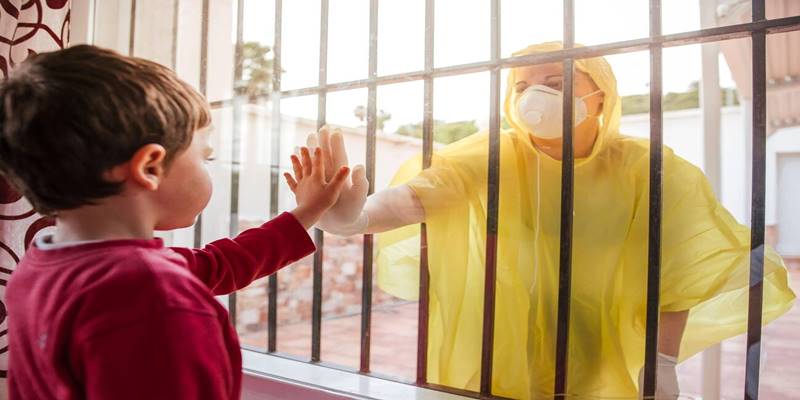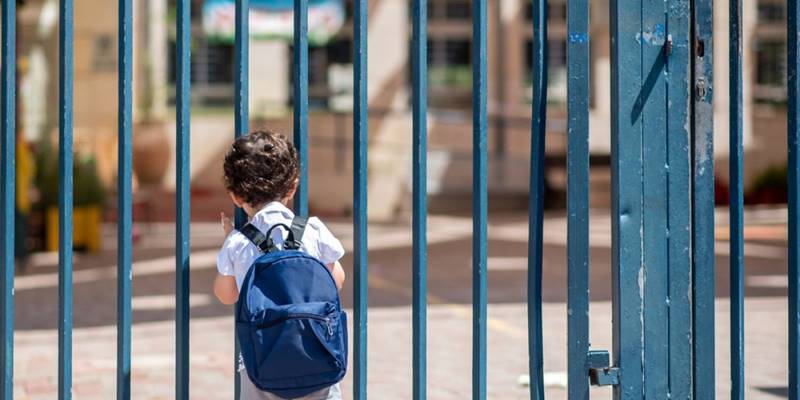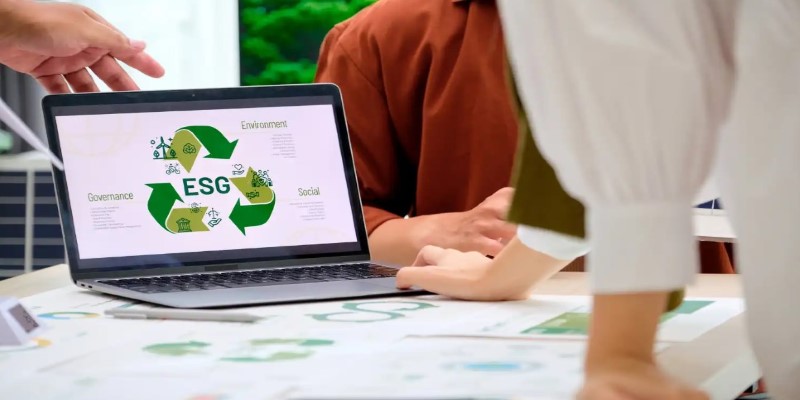Worldwide, children have been profoundly impacted by school closures. The interruption to standard schooling affected all the kids, but the kids with special needs had it especially hard. The abrupt and protracted school closures severely hampered these children's learning, social competence, and emotional well-being, and they depend on specialized educational programs, routines, and one-on-one assistance.
The many effects of school closures on children with special needs will be discussed in this blog article, including social isolation, behavioral and emotional difficulties, academic failures, and loss of necessary resources. We will also talk about plans for reducing these impacts and helping kids with special needs.
Specialized education plans and tailored teaching strategies are often used with children with special needs to address their particular learning difficulties. During the school closure, there was a disruption in access to these essential services due to the abrupt switch to remote learning.
Providing specialized training via virtual platforms, such as speech therapy, occupational therapy, or multimodal teaching, is more difficult. Significant academic losses have resulted from this lack of direct participation, especially for kids with autism, ADHD, or intellectual impairments.
Many children have struggled to sustain academic progress without formal in-person guidance, resulting in learning gaps and skill regressions. These discrepancies have been made much wider by differences in access to technology, including gadgets and internet connection.
Due to the drastic changes in routine and structure brought about by school closures, children with special needs are especially susceptible to these adjustments. Regular routines help children flourish by regulating their emotional and behavioral reactions.
Anxiety, dissatisfaction, and behavioral issues escalated when accustomed daily routines were disrupted, and social isolation resulted. Children who suffer from emotional difficulties, anxiety problems, or autism sometimes find it difficult to adjust to the new setting of home-based learning, which may result in regression in previously controlled behaviors or meltdowns.
Families were also subjected to emotional strain as a result of these changes, often experiencing increased stress and exhaustion while attempting to balance their children's home treatment demands in addition to their academic obligations.

In addition to being a place of education, schools provide vital therapy services to many children with special needs. The school day often includes speech, language, physical, and behavioral therapies like Applied Behavior Analysis (ABA).
Access to these programs became more difficult when schools were closed, particularly in areas with fewer resources. The usefulness of teletherapy for younger children or those with major developmental delays was limited, although certain therapies were provided electronically.
Many children had poorer behavioral, physical, and communication development due to the absence of these crucial services, which delayed their overall growth and learning of new skills.
All children require social connection to grow, but children with special needswho may already have difficulty socializing and communicatingneed it even more. Due to extended periods of peer isolation brought about by school closures, these kids were deprived of the opportunity to practice critical social skills in a controlled setting.
The development of communication skills may be hampered by this lack of socializing, particularly in children who have speech impairments or autism spectrum disorder (ASD). Many kids felt more alone without the regular connections offered by school, which worsened their social and emotional problems. When it came to replacing in-person peer involvement, virtual connections like video chats often proved to be insufficient, further isolating children with special needs.
To meet the intellectual, emotional, and therapeutic requirements of children with special needs, addressing the effects of school closures on them necessitates a multifaceted strategy. Since in-person therapies like speech therapy, occupational therapy, and behavioral interventions are most successful when provided in person, it is imperative to prioritize their return.
In addition, parents may get virtual training and assistance technologies from schools and community groups to help them support their children more effectively at home. Furthermore, expanding children's and caregivers' access to mental health services is crucial for addressing the emotional difficulties that have surfaced.
Additionally, schools must implement more adaptable and inclusive learning models that allow families to choose in-person, remote, or hybrid learning alternatives based on what best fits their child's requirements.

Specialized education that is continuous and ongoing is frequently necessary for children with special needs to advance academically and acquire vital life skills. Many children's typical routines and hands-on learning techniques were interrupted by the change to remote learning.
Virtual classes took the role of in-person instruction from instructors, aides, and therapists, but they could not provide the same degree of assistance in many instances. Children's capacity to learn new skills or retain ones they had already mastered was severely hampered by this disturbance, which resulted in developmental regressions in their social, cognitive, and motor skills.
Due to the challenge of customizing online resources to meet their unique requirements, children with learning difficulties or intellectual impairments were particularly susceptible to these setbacks.
When their schools are closed, special needs students' difficulties emphasize the need for structural adjustments to educational policies. Making remote learning more inclusive should be a top priority for governments and educational institutions, and this may be achieved by offering tools and resources that meet the various requirements of special education students.
To close the gap left by the epidemic, policies that guarantee improved access to therapeutic services, assistive technology, and mental health assistance are crucial. Special education programs should get more money to assist kids and families in emergencies and regular life. This will guarantee that no child is left behind.
Children with special needs have been disproportionately affected by school closures, which has had a significant negative influence on their social development, academic achievement, mental health, and access to necessary assistance. Although these difficulties are great, they show how urgently focused treatments and supportive networks must meet these children's needs.
To ensure that children with special needs continue to thrive in their academic and personal lives, schools and communities can help mitigate the long-term effects of school closures by emphasizing in-person services, improving support for families, attending to mental health needs, and implementing flexible learning models.

By Maurice Oliver/Sep 19, 2024

By Juliana Daniel/Sep 23, 2024

By Jennifer Redmond/Sep 22, 2024

By Madison Evans/Sep 18, 2024

By Aldrich Acheson/Aug 25, 2024
By Korin Kashtan/Sep 18, 2024
By Gabrielle Bennett /Sep 23, 2024
By Kristina Cappetta/Sep 19, 2024

By Darnell Malan/Sep 16, 2024

By Triston Martin/Sep 23, 2024
By Martina Wlison/Sep 19, 2024

By Sid Leonard/Sep 06, 2024